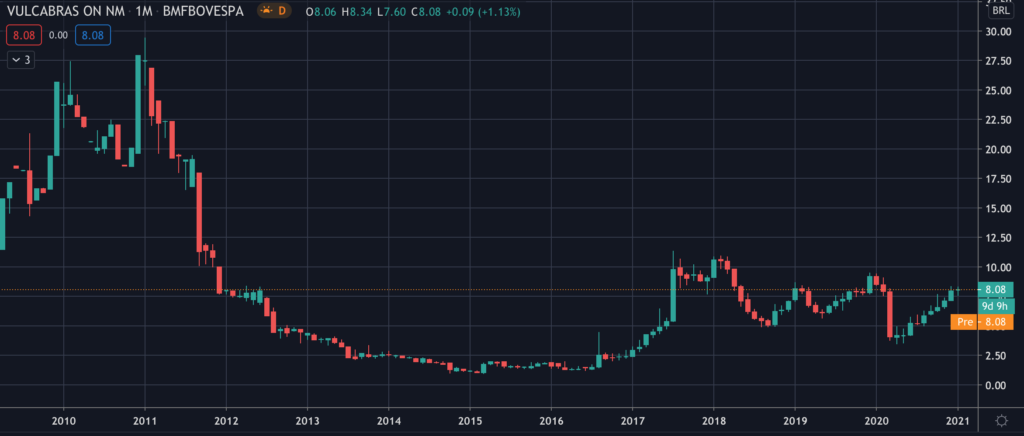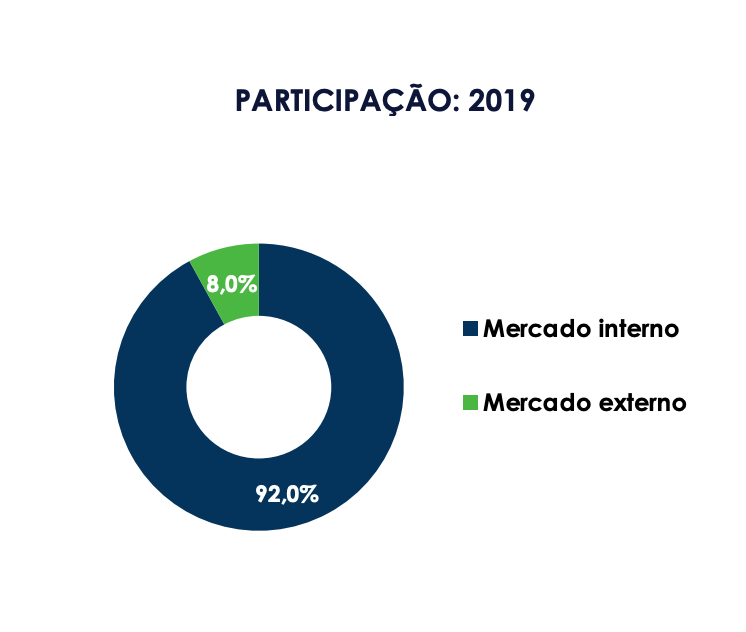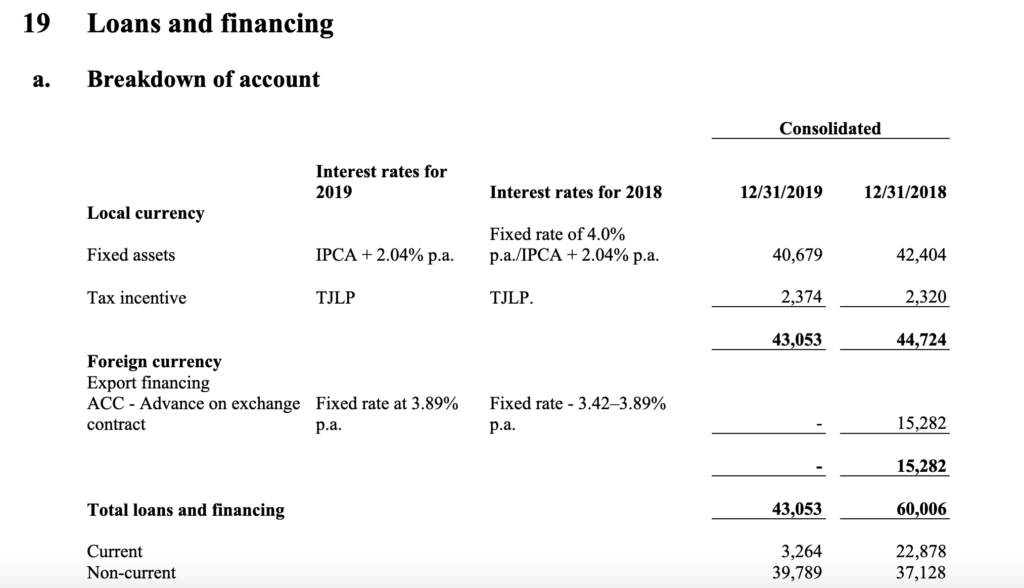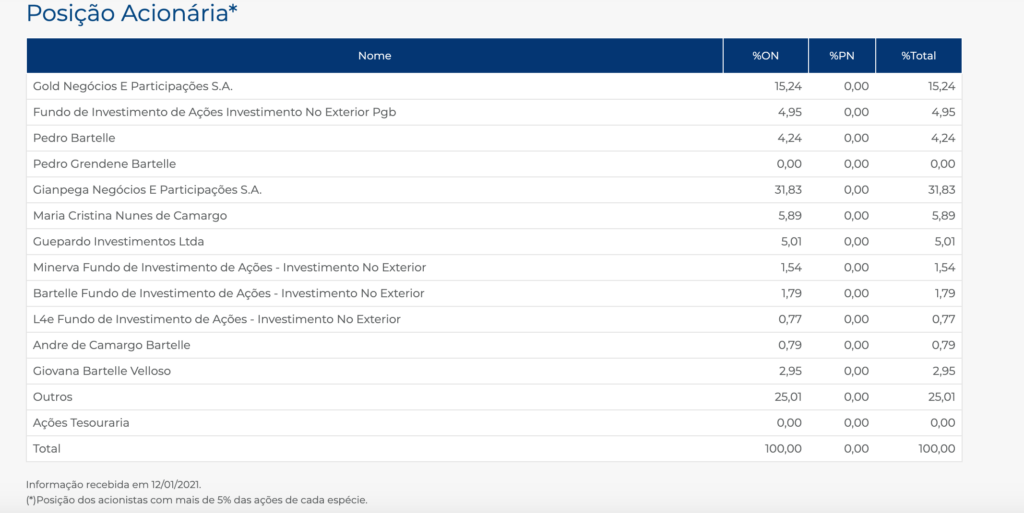Common Stock: Vulcabras (VULC3)
Current Market Price: R$ 8.08
Market Capitalization: R$ 2 billion
*All values in this article are expressed in Brazilian Reais (BRL) unless otherwise noted.
**The bulk of this analysis is based on the company’s most recent audited financial report, which can be found by following this link.

Vulcabras Stock – Summary of the Company
Vulcabras is a Brazilian clothing and foot ware retailer. They own 6 distinct brands; Azaléia, Dijean, Olk, Olympikus, Opanka, and Vulcabras. In addition they own the Brazilian license for the third party brands Under Armour and Mizuno, which was recently acquired from Alpargatas.
The company has over 12,000 points of sale in Brazil and has a presence in 20 countries, with a strong focus on Latin America, having a total of 70 stores in Chile, Peru, and Colombia. Currently they have around 14,000 employees. Vulcabras was founded in 1952 and is headquartered in Sao Paulo, Brazil.

Revenue and Cost Analysis
Vulcabras had revenue of R$ 1.35 billion in 2019, an increase from R$ 1.24 billion in 2018. Their COGS was R$ 888 million in 2019, representing a gross margin of 34.6%, a slight decrease compared to 35.9% in 2018. The vast majority of the company’s revenue comes from the Brazilian market.

The company was profitable in each of the last two years. In 2019 Vulcabras had net income of R$ 143 million, representing a profit margin of 10.5%, a decrease compared to 12.1% in 2018.
Balance Sheet Analysis
Vulcabras has a solid balance sheet. They have a strong liquidity position and reasonable liability levels, including very little debt.
Vulcabras – Debt Analysis
Vulcabras has low debt levels, epically when compared to other Brazilian retailers. As of year-end 2019 the company has R$ 43 million in total debt outstanding, R$ 3.2 million of which is classified as current.

Vulcabras Stock – Share Dynamics and Capital Structure
As of year-end 2019 Vulcabras has 245.8 million common shares outstanding. Insiders and institutional investors own around 75% of the company’s outstanding shares. The remaining 25% are owned by smaller shareholders with an ownership position of less than 5%.

Vulcabras Stock – Dividends
The company does not pay a dividend.
Vulcabras Stock – 3 Metrics to Consider
Debt to Equity Ratio
Total Liabilities/Total Share Holder Equity
R$ 267.7 million / R$ 1.1 billion = .25
A debt to equity ratio of .25 indicates that Vulcabras uses some debt in its capital structure, but relies mostly on equity financing to fund itself.
Working Capital Ratio
Current Assets/Current Liabilities
R$ 794 million / R$ 149 million = 5.3
A working capital ratio of 5.3 indicates a strong liquidity position. Vulcabras should not have problems meeting its near term obligations.
Price to Book Ratio
Current Share Price/Book Value per Share.
R$ 8.08 / R$ 4.42 = 1.8
Vulcabras has a book value per share of R$ 4.42. At the current market price this implies a price to book ratio of 1.8, meaning the Vulcabras stock currently trades at a slight premium to the book value of the company.
Vulcabras Stock – Summary and Conclusions
Vulcabras appears to be a well run company. They have a strong presence throughout Brazil and are growing internationally, particularly in the LATAM region. The company is financially healthy with a strong liquidity position and low debt levels. They were profitable in each of the past two years. Vulcabras stock currently trades at a reasonable price to book, however they do not return capital to shareholders via dividends.
I am not willing to invest in Vulcabras stock at this time. I would prefer to wait for their full year 2020 financials to see how the coronavirus shutdowns effected the company. I will leave Vulcabras stock on my watch list and compare its 2020 performance with other Brazilian clothing retailers, such as Restoque.
Disclaimer
This is not investment advice. Nothing in this analysis should be construed as a recommendation to buy, sell, or otherwise take action related to the security discussed. If I own a position in the security discussed, I will clearly state it.
This is not intended to be a comprehensive analysis and you should not make an investment decision based solely on the information in this analysis. I hope this serves as a useful starting point for a more comprehensive analysis, and hopefully draws attention to aspects of the company that were overlooked or merit further investigation. This is by no means intended to be a complete analysis. Again, this is not investment advice, do your own research.